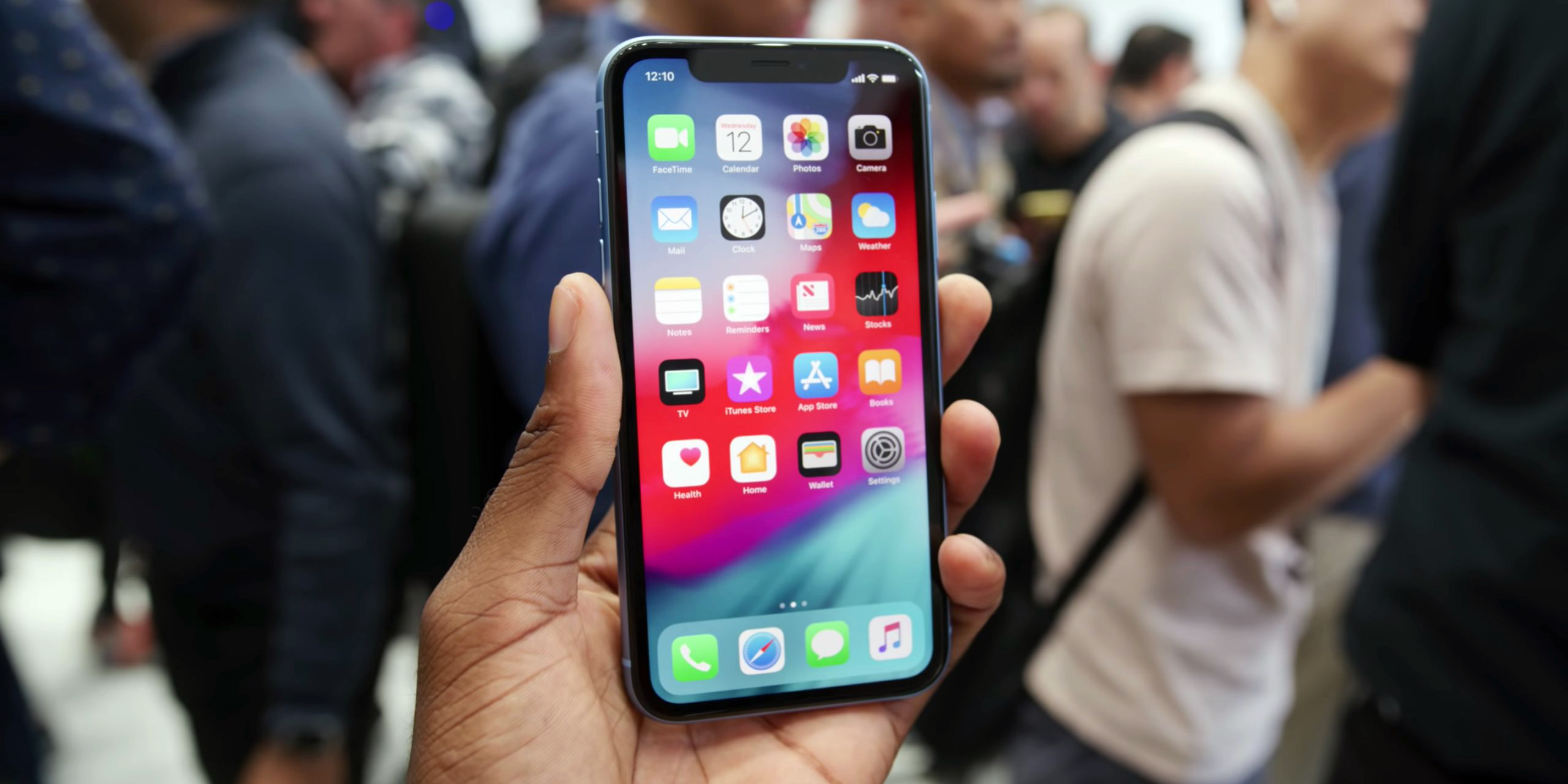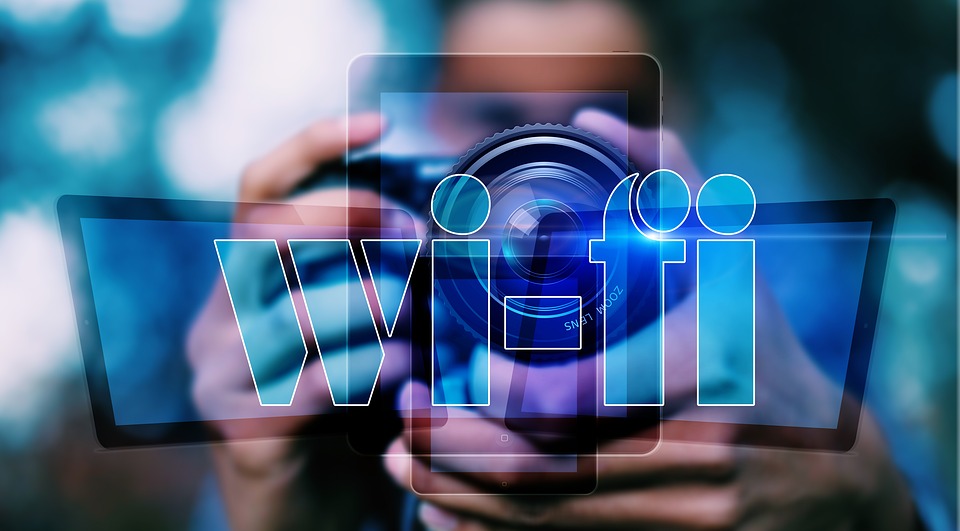7 Tips To Help You Prevent Burning Through Your Data
The monthly battle to manage data usage is one that most of us are familiar with.
Internet connectivity has become so crucial to our lives, the idea of simply going without seems impossible – so we use our cell phone’s data plan for everything, from watching TV shows to checking social media to navigating around an unfamiliar place. Unfortunately, by the end of a billing cycle, this constant use can begin to take its toll; connectivity has its costs.
There are, however, a few things you can do to prevent burning through cell phone data while you’re out and about. So if you’re tired of sky-high bills, here’s what you need to know…
#1 – Limit the apps that can use data

Often, apps that you do not even use while out will use an amount of data in the background, usually by constantly checking for updates or notifications. To limit this, you can simply adjust the settings in your phone and restrict which apps are “allowed” to use data, and which can only check for notifications when you are connected to a Wi-Fi network.
On an iPhone:
- Settings > Cellular
- Toggle off any apps that you do not want to be able to use cellular data.
On an Android phone:
- Settings > Network and Connection > Data Usage
- Select “restrict app background data” on each individual app that you do not want to use data.
If you do find that you need to use an app that you have previously restricted, you can simply reverse the above process as needed.
#2 – Prevent videos from autoplaying
Autoplaying videos are rarely welcome even at the best of times, but when you’re using data, the irritation they cause can actually cost you a significant amount of money. As a result, stopping videos from autoplaying is imperative if you’re looking to cut data usage. You’ll usually need to do this on an app-by-app basis; focus on disabling autoplay on social media apps first and foremost, and then check each app individually and adjust the settings accordingly.
#3 – Encourage people to text rather than use WhatsApp
WhatsApp is not a particularly data-hungry app in and of itself, but everything adds up over time, so if you can limit your usage while then you should save a significant amount of data. Instead, encourage people to text you if you know you’re going to be away from reliable Wi-Fi networks for a while. The best way to do this is to update your status within WhatsApp to “no Wi-Fi; please text”; this prevents you having to use data to directly ask people to revert to basic texting, and you can just remove the status when you can connect to Wi-Fi again.
#4 – Download TV shows and movies rather than streaming
There’s no better way to while away your commute or make a long wait for an appointment feel shorter than to watch a TV show or movie on your phone or, by using your phone as a hotspot, your laptop or Mac. Sadly, the data cost of doing so can be extortionate, especially if you prefer to use high-quality streams.
To avoid racking up data costs, simply plan ahead, and download your favorite TV shows and movies before you leave the house. Netflix is particularly useful for this purpose, though do be cautious if you prefer to watch on a Mac computer; as you’re almost certainly aware, there’s no dedicated Mac app, which can complicate matters. However, if you have been wondering can you download Netflix shows on Mac at all, then you’re in luck: with services such as SetApp, you can access offline content with a few clever workarounds.
#5 – Use Wi-Fi finder apps

There are a number of apps available that can allow you to find free Wi-Fi while you are away from home, with Avast Wi-Fi Finder and Wiffinity perhaps the best known. These apps are incredibly useful if you need to quickly connect to check a map or reply to an email, so they’re worth using on occasion. However, public Wi-Fi does carry an element of risk, so make sure you use a VPN, have antivirus running on your phone, and avoid using your phone for sensitive transactions – such as checking your bank – when connected to a public network.
#6 – Try to ignore or delay your curiosity
Curiosity is usually a good thing, allowing us to learn and improve our understanding of the world around us – but when you’re using data, curiosity can actually be a real pain. Falling into a click hole will inevitably increase your data usage, so try to resist the urge to keep clicking unless it is pertinent that you find out more right now. If the matter is not urgent, then simply make a note to revisit the subject at a later date rather than satiating your curiosity but inadvertently torching your data allowance.
#7 – Keep tabs on your data usage through the month
Finally, a simple tip but one that is undeniably effective: continually remind yourself to check how much data you have used thus far. If you have used relatively little, then you know that you can be more liberal over the course of the rest of the month. However, if you’re running short, then you can cut right back and place a heavier focus on finding Wi-Fi hotspots throughout the rest of the month.
On an iPhone:
- Settings > Cellular Data Usage
- Your usage is displayed under “Current Period”
- However, be cautious: the “Current Period” as listed on your phone may not necessarily coincide neatly with your provider’s current period. You can fix this by choosing to “Reset Statistics” at the bottom of the page; you’ll need to know on which day each month your plan renews in order to do this.
On an Android phone:
- Settings > Connections > Data Usage
- You’ll see your data usage for the current month.
- If your monthly plan does not coincide with Android’s default period, you can alter this by selecting “Billing cycle” lower down the screen.
In conclusion
With the above tips, you should be able to prevent burning through your cell phone data – and hopefully save yourself a significant amount of money on your bills as a result!


